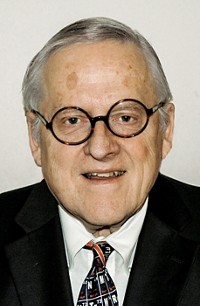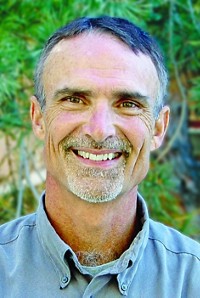Advertisement
Grab your lab coat. Let's get started
Welcome!
Welcome!
Create an account below to get 6 C&EN articles per month, receive newsletters and more - all free.
It seems this is your first time logging in online. Please enter the following information to continue.
As an ACS member you automatically get access to this site. All we need is few more details to create your reading experience.
Not you? Sign in with a different account.
Not you? Sign in with a different account.
ERROR 1
ERROR 1
ERROR 2
ERROR 2
ERROR 2
ERROR 2
ERROR 2
Password and Confirm password must match.
If you have an ACS member number, please enter it here so we can link this account to your membership. (optional)
ERROR 2
ACS values your privacy. By submitting your information, you are gaining access to C&EN and subscribing to our weekly newsletter. We use the information you provide to make your reading experience better, and we will never sell your data to third party members.
Environment
Glenn T. Seaborg Award For Nuclear Chemistry
Sponsored by the ACS Division of Nuclear Chemistry & Technology
by Jeffrey W. Johnson
February 7, 2011
| A version of this story appeared in
Volume 89, Issue 6

David J. Morrissey has made a career of studying exotic, rare, and short-lived nuclei and developing techniques to separate these nuclei from thousands of other nuclear reaction products. Morrissey is one of the most important early leaders who recognized the potential of the projectile fragmentation technique to produce and study rare isotopes, colleagues say.
The University Distinguished Professor of Chemistry and associate director of the National Superconducting Cyclotron Laboratory (NSCL) at Michigan State University, Morrissey is an expert in the mechanics of intermediate-energy, heavy-ion reactions; the production of rare isotopes from such reactions; and the application of those isotopes for spectroscopic studies. Most recently, he has made significant contributions to the chemistry and physics involved in stopping fast-moving heavy ions in gases.
“In a way, the production of new or previously unobserved isotopes goes back to the earliest work of nuclear scientists, the Curies and Rutherford,” he notes. “Over the past 100 years, the original 300 or so stable isotopes were rapidly identified by mass spectrometry and then reacted with one another to produce new nuclei. These studies have now progressed to the point that we have begun to firmly establish upper and lower limits to the mass numbers for chemical elements. The task now is to investigate the reaction mechanism or develop new instruments for separation and detection of the most exotic nuclei.”
Morrissey, 57, received a B.S. in chemistry with distinction from Pennsylvania State University in 1975 and a Ph.D. in chemistry in 1978 from the University of California, Berkeley.
While he was studying at Penn State, his interest shifted between chemistry and physics, eventually settling on nuclear chemistry and conducting undergraduate research with nuclear chemist Warren Miller. Morrissey’s Ph.D. work was completed under the direction of Glenn T. Seaborg.
“Seaborg was a true pioneer in the discovery of both unknown chemical elements and isotopes,” Morrissey notes. “He was always optimistic about going beyond what had already been achieved, and it is interesting that only today we are beginning to see real limits to the sizes of nuclei and distribution of neutrons and protons in a nucleus.”
Morrissey continued at UC Berkeley as a postgraduate fellow working with Luciano G. Moretto. Morrissey began his faculty appointment at Michigan State and his association with NSCL in 1981. He played a leading role in the evolution of NSCL into a world-leading facility for the production and study of rare isotopes.
Morrissey was also a member of the education team that developed the Computer-Assisted Personalized Approach (CAPA) for assignments and examinations at Michigan State, where he adapted CAPA to large freshman chemistry classes. CAPA has evolved and expanded to many U.S. universities. Morrissey is also coauthor of “Modern Nuclear Chemistry,” the text used in most U.S. undergraduate nuclear chemistry courses.
One of Morrissey’s favorite activities has been what he calls “cosmopolitan travel”—visiting large cities in Europe, Japan, Canada, and the U.S and sampling their museums and sights, an attractive “side benefit,” he notes, of the international nature of nuclear science.
Morrissey will deliver the award address before the Division of Nuclear Chemistry & Technology.




Join the conversation
Contact the reporter
Submit a Letter to the Editor for publication
Engage with us on Twitter